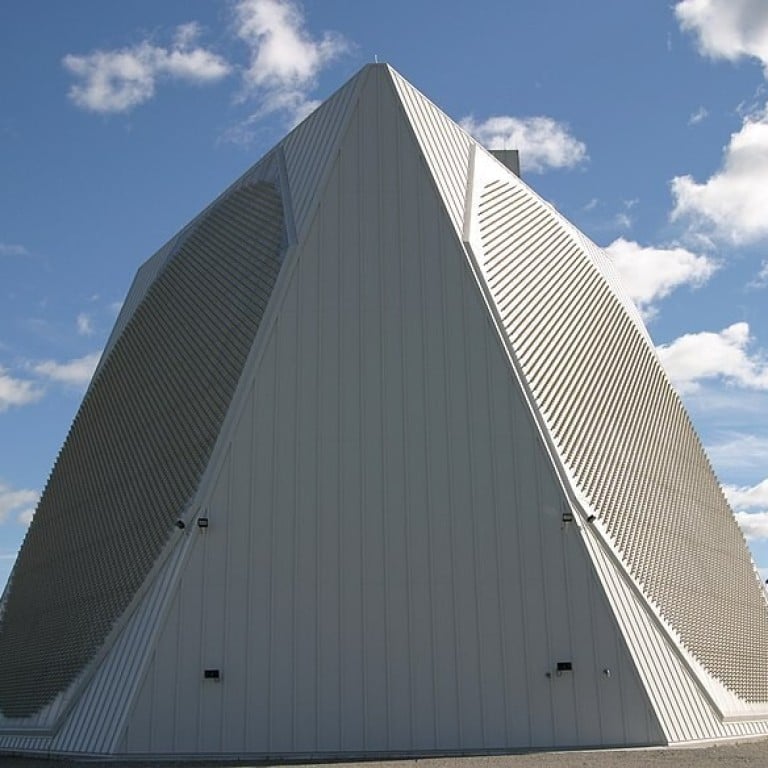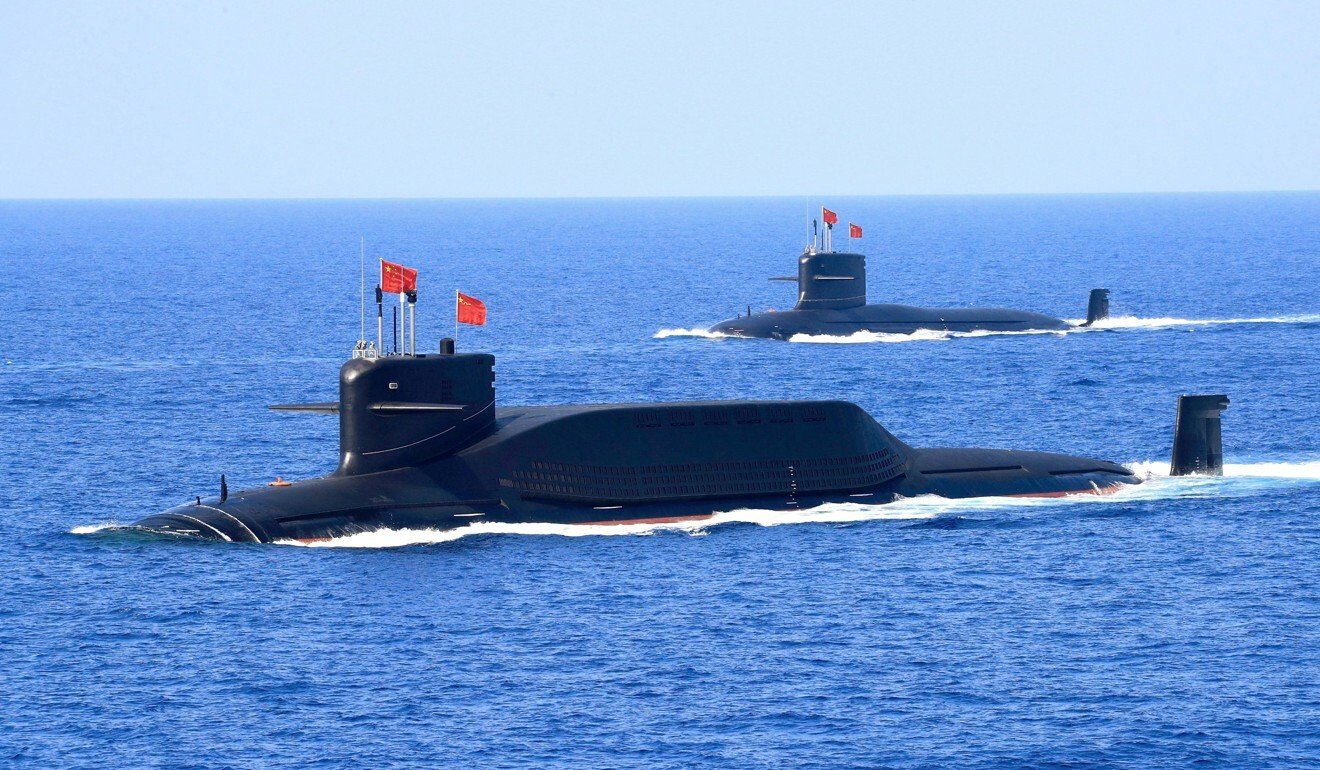
Taiwan, US count on giant radar system for early warning if PLA attacks
- It would play a key role in an attack across the strait, or if China’s nuclear submarines launched missiles at US bases in Japan and Guam, analysts say
- Critics have called it a facility built for the United States and questioned the cost
The US$1.4 billion Precision Acquisition Vehicle Entry Phased Array Warning System, or PAVE PAWS, was built by US company Raytheon and has been fully operational since 2013.
Located at an altitude of 2,600 metres (8,500ft) on Leshan in Hsinchu county, the giant radar system can detect a missile launched from as far away as 5,000km (3,100 miles) and track projectiles in motion in great detail, even from a distance of 2,000km (1,200 miles) – a range that covers China and the entire South China Sea.

10:22
Why has the relationship between the Chinese mainland and Taiwan taken a turn for the worse?
“In the event of a Chinese attack, the PLA would be expected to … first take out the radar system so that Taiwan’s combat data link systems get cut off,” said Sun Hai-tao, a retired Taiwanese major general and former commander of a Lafayette-class frigate.
Analysts said even if that happened, it would still provide a crucial early warning for Taiwan.
Wang Kung-yi, head of the Taiwan International Strategic Study Society, said the island had “invested a great deal” to protect the facility.
“Anti-missile shields have been installed – the Patriot III anti-missile system and the locally developed mid-range Tien Kung 2 and the long-range Tien Kung 3,” he said. “That’s in addition to early-warning aircraft and a short-range anti-air artillery network.”
He said a GPS interference system was also in place to prevent the PLA from accurately locating the site.

04:12
Are Xi Jinping’s China and Donald Trump’s US destined for armed conflict?

Su Tzu-yun, a strategic studies professor at Tamkang University in Taipei, said intelligence sharing between Taiwan and the US was important given that the South China Sea and Taiwan Strait had become potential flashpoints for conflict.
“PAVE PAWS is powerful, it can detect submarine-launched ballistic missile attacks,” Su said.
“Sharing intelligence in real time with the US means it can help track and counter any surprise underwater missile attacks from the PLA, which has built up a submarine fleet in the South China Sea in the past decade.”
Su said the PLA had expanded its presence in the East and South China seas to counter increasing US military activities in the region, and its submarines could launch missile attacks on US facilities in Japan and Guam from the South China Sea.
US-China-Taiwan: how will Joe Biden change the balance?
Ou Si-fu, a researcher at the Institute for National Defence and Security Research, a government-funded think tank in Taipei, said submarines at the PLA’s base off the southern coast of Hainan Island could easily avoid detection at depths of 2,000 metres to 4,000 metres in the South China Sea.
“PLA nuclear submarines with ballistic missiles can avoid the first strike by hiding underwater and become a reliable deterrence force for returning strikes,” Ou said in the latest issue of the institute’s Defence Security Brief.
He said the Chinese navy’s new generation of submarines would be equipped with JL-3 missiles, which are estimated to have a range of up to 14,000km (8,700 miles) – putting the US within reach.
That made the Leshan radar system more important to the security partnership between Taiwan and the US, Ou said.

